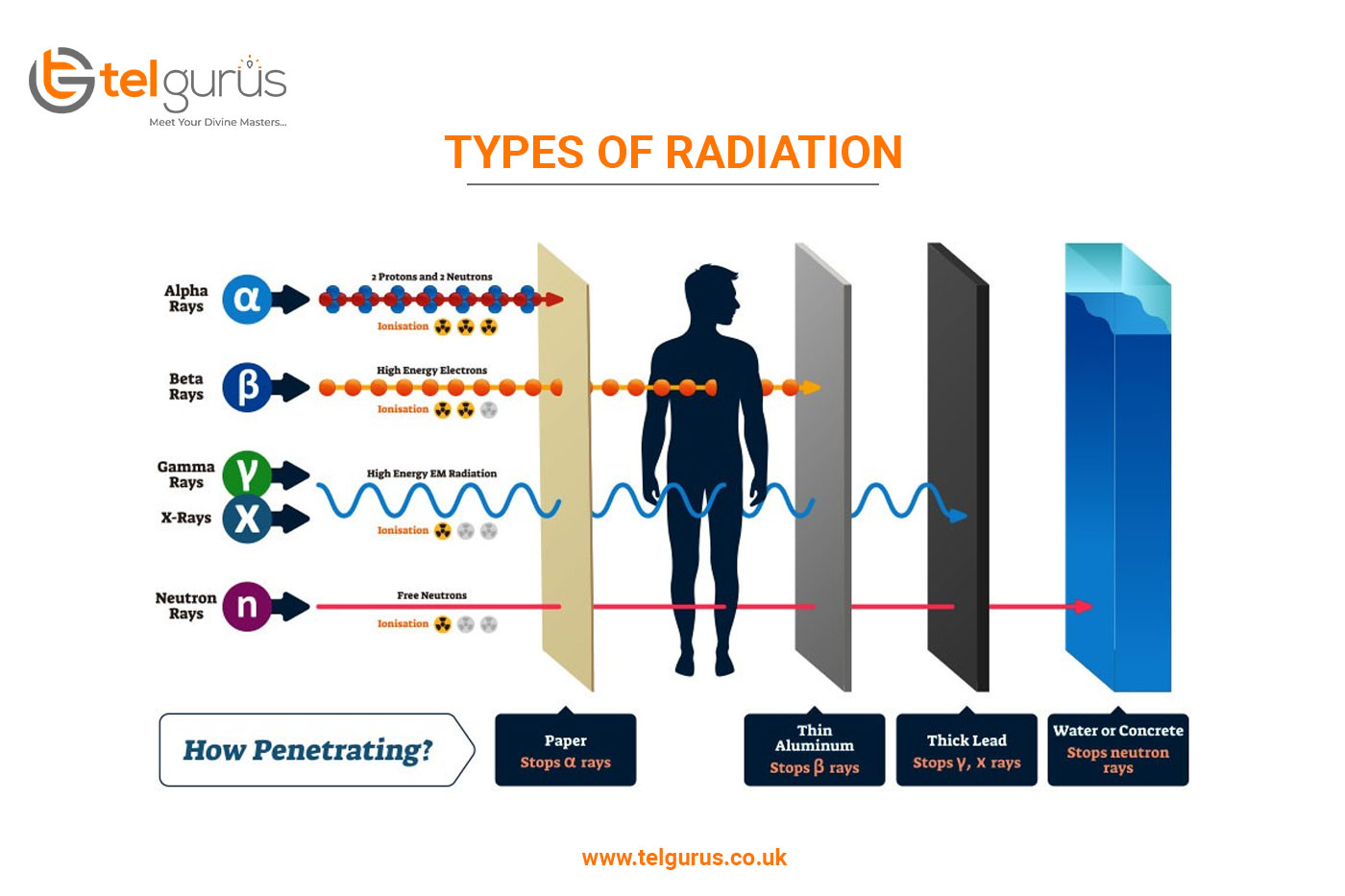Enrich your knowledge with our informative blogs
What is the terminal velocity of an object?

The two concepts, one is terminal velocity, and another is free fall are interrelated which tends to get confusing as they depend on whether or not a body is in a fluid or in empty space. But before moving forward it is essential to get familiar with the definitions. Let us start with it.
What is terminal velocity?
The term terminal velocity refers to the highest velocity attained by an object which is falling through a fluid. The terminal velocity is observed when the sum of buoyancy and drag force is equal to the downward gravitational force acting on the object.
The object’s acceleration is zero as the net force acting on an object is zero. In fluid mechanics, for an object to achieve its terminal velocity it should have an unvaried speed against the force exerted by the fluid.
The formula for Terminal Velocity
Where,
V Terminal : Terminal Velocity
G Acceleration due to gravity
H: height from the ground
Equation of Terminal Velocity
The mathematical representation of terminal velocity is
Or
Vt = (2mg/ρACd)1/2
Where,
Vt: terminal velocity
M: Falling object’s mass
Cd: drag coefficient
g: acceleration due to gravity
𝜌: fluid’s density through which the object is falling
A: area projected by the object
In the case of liquids, it is essential to account for an object’s buoyancy. Archimedes’ principle is used to account for volume’s displacement (V) by the mass. Then the equation becomes:
Vt = [2(m – ρV)g/ρACd]1/2
What is the terminal velocity of an object?
The term terminal velocity of an object refers to the highest velocity it can reach while falling through some defined medium, usually air in practice. This invariable velocity is attained when the net force applied to the particular object is zero. That means the resistance is similar to the force being applied by gravity.
Let us consider this with a real-life example. For instance,
If you were to throw a tennis ball off a helicopter, that ball would accelerate at a decreasing rate till it reaches a speed that is so high that the air resistance it was facing was equal to the force that gravity has applied to it.
Here applying Newton’s first and second laws, we can work out which states that it will continue at an unvaried velocity till it hits the ground. However, several factors affect the object’s terminal velocity which includes aerodynamics and its weight. The terminal velocity will be varied in different fluids like any object will have lower terminal velocity in water as compared to air because of its higher density.
Read More – Physics Questions

Accelerate your learning in the right Dimension!
Instant doubt resolution and practical exposure to concepts, makes learning Physics easy and fun.
Categories
Recent Posts
- List of the qualities you should look for in your tutors?
- What is the most useful formulas in math?
- Describe the process of eating to defecation of food?
- Difference between the natural and artificial active response by the immunology system.
- Explain the different circle theorems
- How are nerve cells adapted to their function?












